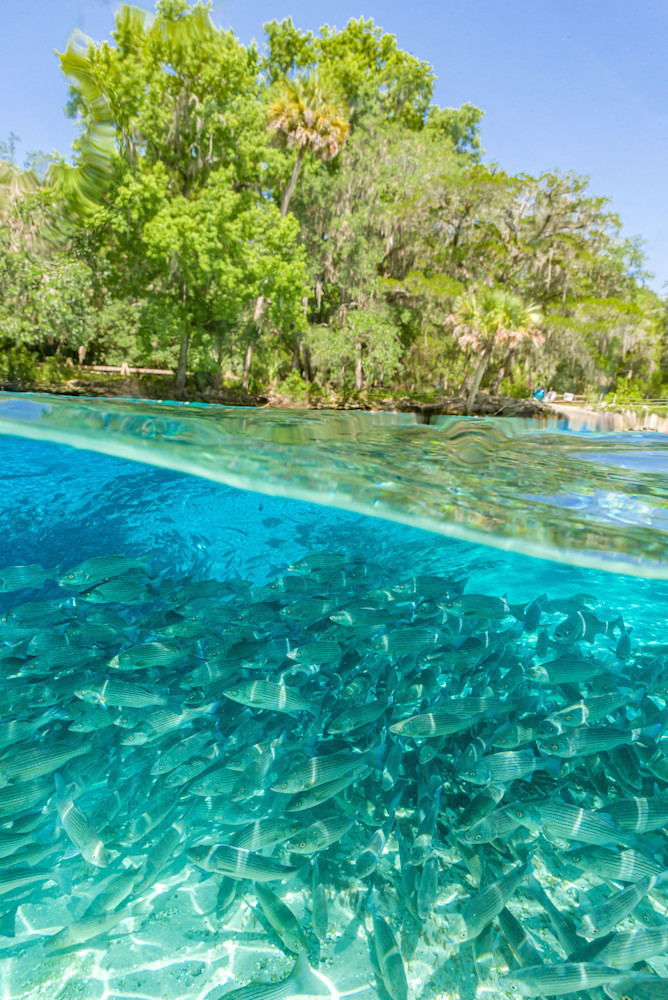Sunshine bass (Morone chrysops × Morone saxatilis) is a hybrid fish created through the crossbreeding of a female white bass (Morone chrysops) and a male striped bass (Morone saxatilis). This hybridization results in a fish species that combines certain characteristics of both parent species. Here are some key features and information about sunshine bass:
1. **Appearance:**
- Sunshine bass typically have a silvery color with dark stripes along their sides, resembling the striped bass. The body shape is generally more streamlined like that of a white bass.
2. **Size:**
- Sunshine bass have the potential to grow to a significant size. Depending on the environment and available resources, they can reach lengths of 12 to 24 inches or more.
3. **Habitat:**
- Sunshine bass are often found in freshwater environments, particularly in large reservoirs, lakes, and rivers. They thrive in areas with clear to slightly turbid waters and moderate current.
4. **Behavior:**
- Sunshine bass exhibit predatory behavior, preying on a variety of fish species, insects, and crustaceans. They are known for their aggressive feeding habits, making them popular among anglers.
5. **Temperature Preferences:**
- Sunshine bass prefer cooler water temperatures, and they are often more active and feed more aggressively in cooler conditions. This preference for cooler temperatures is inherited from the striped bass parent.
6. **Reproduction:**
- Sunshine bass are sterile hybrids, which means they do not reproduce naturally. As a result, fisheries management programs often involve stocking them in water bodies to enhance recreational fishing opportunities.
7. **Popular Sportfish:**
- Due to their size, aggressive feeding habits, and sporting appeal, sunshine bass are popular targets for sportfishing. Anglers use various techniques such as casting lures, trolling, and live bait fishing to catch them.
8. **Stocking Programs:**
- Sunshine bass are commonly stocked in water bodies as part of fisheries management programs. These programs aim to provide additional fishing opportunities in areas where natural populations may be limited.
It's important for anglers to be aware of local fishing regulations regarding size limits, bag limits, and seasons for catching sunshine bass, as these regulations may vary by location. Additionally, practicing catch-and-release can contribute to the conservation of fish populations.
















